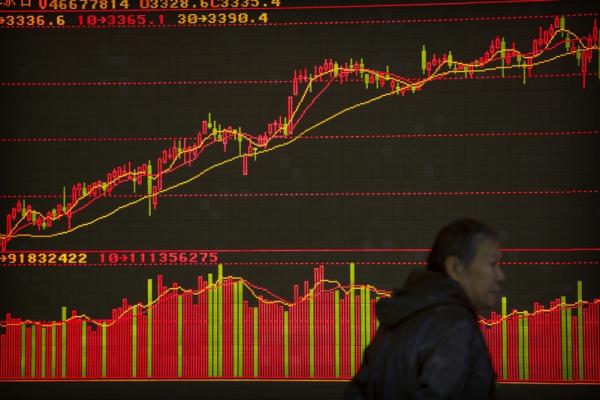
The Asian Market: A Tightrope Walk Between Hope and Uncertainty
The Asian stock markets displayed a cautious demeanor today, characterized by a general flat-to-slightly negative trend. This subdued performance reflects the ongoing tension between optimistic forecasts and persistent uncertainties plaguing the global economic landscape. While recent weeks saw a surge in enthusiasm driven by China’s stimulus measures, this rally appears to be losing steam, replaced by a more subdued and analytical approach from investors.
One of the primary factors contributing to the market’s hesitancy is the lingering uncertainty surrounding US interest rates. The anticipation of further rate hikes by the Federal Reserve continues to cast a long shadow over global markets. Higher interest rates typically strengthen the US dollar, making dollar-denominated assets more attractive and potentially drawing investment away from emerging Asian markets. This outflow of capital can put downward pressure on Asian currencies and subsequently, on stock prices.
Adding to this pressure is the renewed uncertainty surrounding US trade tariffs. While specific details may remain unclear to the public, the potential for increased tariffs, or even the mere threat of them, creates a climate of apprehension. This unpredictability makes it difficult for businesses to plan for the future, potentially hindering investment and slowing economic growth. The ripple effect of these trade tensions extends far beyond the directly affected industries, impacting investor sentiment across the broader Asian market.
The recent pullback in Chinese markets is particularly noteworthy. While initial optimism surrounded the government’s stimulus package aimed at boosting economic growth, this positive momentum seems to be fading. This could be attributed to several factors. Perhaps the stimulus measures are not as impactful as initially hoped, or market participants are becoming increasingly wary of the long-term consequences of such interventions. It’s also possible that the broader global uncertainties are overshadowing the positive effects of the stimulus. The Chinese market, being closely intertwined with the global economy, is particularly susceptible to these external pressures.
This cautious market sentiment is further compounded by other underlying factors. Geopolitical instability in various regions, concerns about inflation, and the ongoing impact of the war in Ukraine all contribute to a complex and challenging investment environment. Investors are now carefully weighing the potential risks and rewards before committing capital, leading to the subdued trading activity observed today.
Looking ahead, the Asian markets face a period of continued uncertainty. The interplay between US monetary policy, trade relations, and domestic economic conditions will significantly influence market performance. Investors will need to closely monitor these developments and adapt their strategies accordingly. The current climate demands a cautious approach, with a focus on diversification and risk management. The coming weeks and months will likely be crucial in determining whether the current hesitancy gives way to renewed optimism or further market corrections. The path forward remains unclear, highlighting the delicate balance between hope and uncertainty that currently defines the Asian market landscape.



Leave a Reply